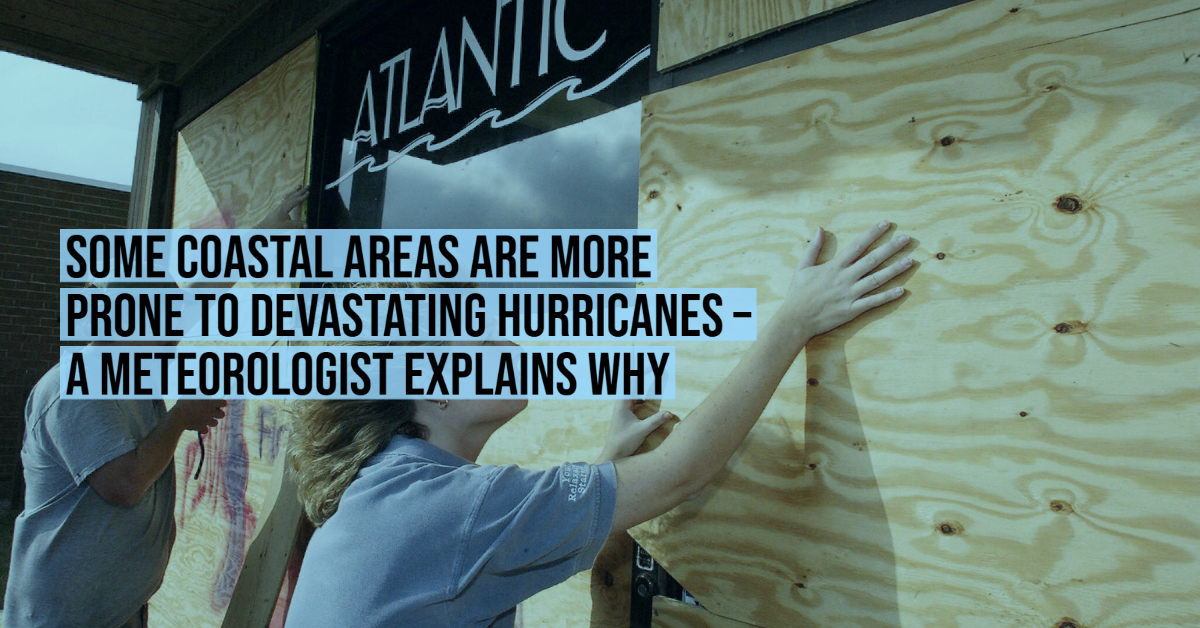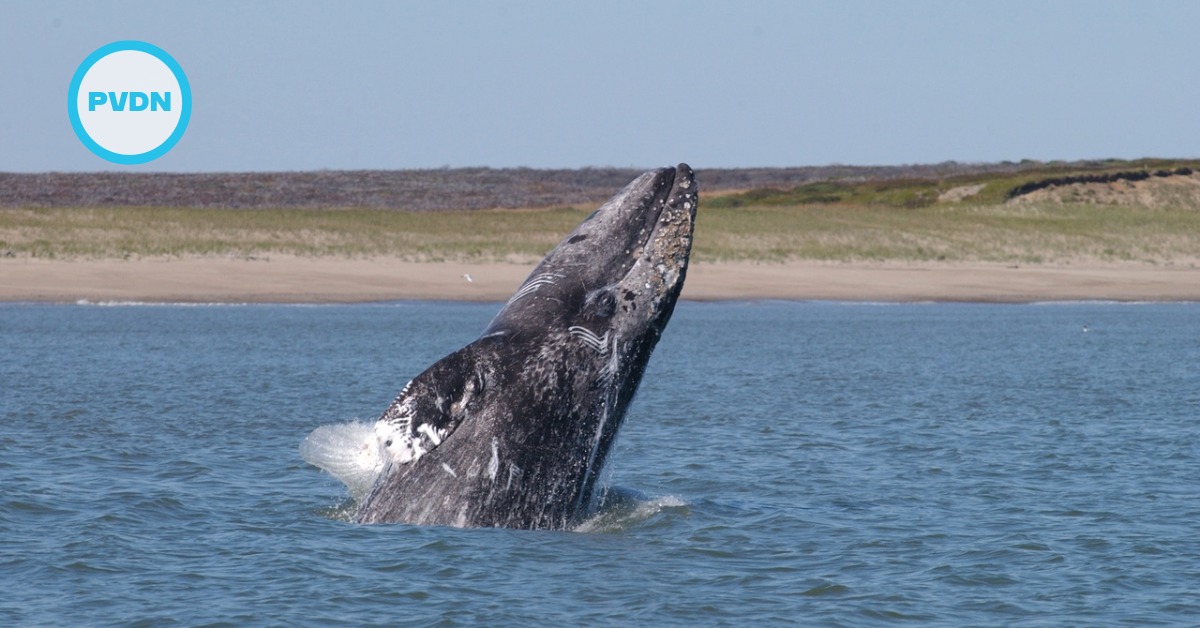Every coastline in the North Atlantic is vulnerable to tropical storms, but some areas are more susceptible to hurricane destruction than others.
To understand why as the region heads into what’s forecast to be another busy hurricane season, let’s look more closely at how tropical storms form and what turns them into destructive monsters.
Ingredients of a hurricane
Three key ingredients are needed for . . .







